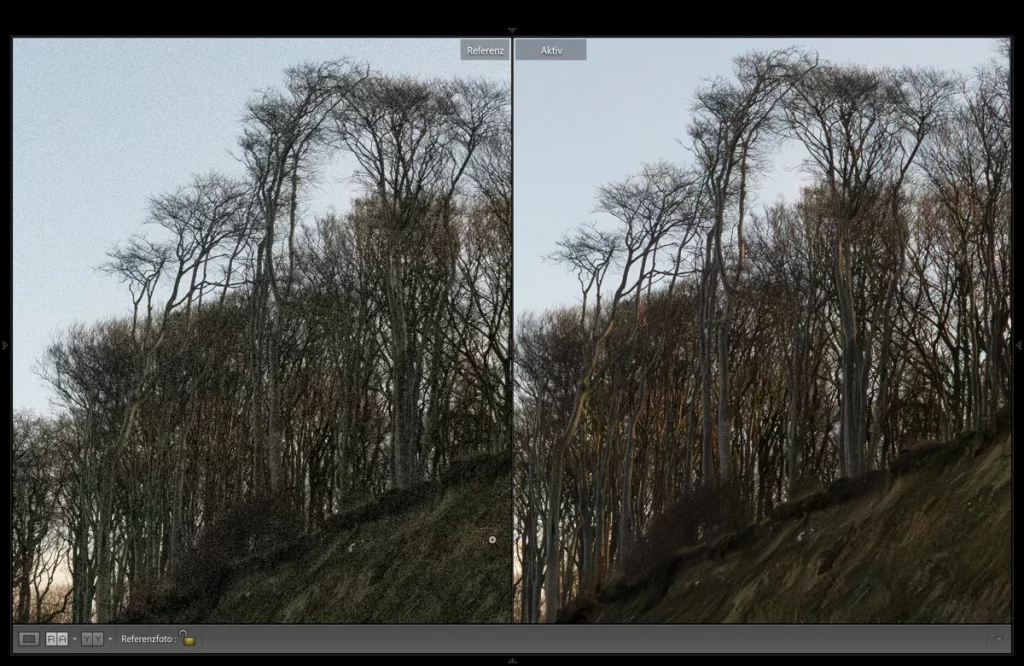
ai noise reductionArtificial Intelligence has revolutionized the way we interact with technology, and one of the most impressive applications is in the field of sound processing. AI noise reduction is a cutting-edge solution that helps improve audio quality by eliminating unwanted background sounds while preserving the clarity of the original audio. Whether in video conferencing, podcasting, music production, or call centers, AI-powered noise reduction tools are now essential in providing clean and professional sound output. But how does it work? Let’s explore the science behind AI noise reduction and its impact on sound clarity.
Understanding Noise in Audio Signals
Before diving into how AI works in noise reduction, it’s essential to understand what noise means in the context of audio. In audio processing, noise refers to any unwanted sound that interferes with the desired audio signal. This includes background chatter, keyboard clicks, traffic, electrical hums, wind noise, and more. These noises can severely impact speech intelligibility, listener comfort, and the overall user experience. Traditional noise reduction methods struggled with separating noise from the main signal without distorting the quality, especially in complex or dynamic audio environments.
The Limitations of Traditional Noise Reduction Methods
Classical noise reduction techniques such as spectral subtraction, Wiener filtering, and statistical modeling relied on mathematical approximations and assumptions. These methods could reduce some constant noise types like humming or hissing, but they often failed in handling unpredictable noises or non-stationary audio. More importantly, they risked degrading the quality of the desired signal. These limitations led to the demand for more intelligent and adaptive solutions—which is where AI noise reduction came into play.
How AI Noise Reduction Works
AI noise reduction leverages machine learning, particularly deep learning, to identify and suppress unwanted sounds. The process typically involves training neural networks on massive datasets containing both clean and noisy audio samples. These networks learn to distinguish between the primary sound source—usually human speech or musical instruments—and various types of background noise. Once trained, the AI model can accurately detect and filter out unwanted sounds in real time or during post-processing.
The architecture most commonly used for this task is the Convolutional Neural Network (CNN) or the Recurrent Neural Network (RNN), and in some cases, more advanced models like Transformer-based architectures. These models are capable of capturing temporal dependencies and contextual cues, enabling them to make precise decisions about which audio components to preserve and which to discard.
Real-Time vs. Post-Processing Applications
AI noise reduction can be used in two primary modes: real-time and post-processing. Real-time noise reduction is useful in live scenarios like video calls, online gaming, and broadcasting. It allows the speaker’s voice to remain clear and understandable even in noisy environments. Post-processing, on the other hand, is commonly used in podcast editing, film audio, and recorded interviews. It provides more flexibility and accuracy, as the AI has access to the full waveform and can take more time to optimize the output.
Key Features of Modern AI Noise Reduction Tools
Modern AI noise reduction tools offer a variety of advanced features that go far beyond simple background noise cancellation. These include:
- Adaptive filtering: The system adjusts its parameters in real-time based on changes in the audio input.
- Voice enhancement: Not only does it reduce noise, but it also enhances speech intelligibility and tonal balance.
- Multichannel support: Some tools support stereo or multitrack audio processing, preserving spatial cues while reducing noise.
- User customization: AI-based tools often allow users to adjust sensitivity levels, select noise profiles, or choose between voice modes for tailored results.
- Low latency: Especially in real-time applications, modern AI algorithms are optimized for minimal delay to ensure smooth communication.
Use Cases Across Industries
AI noise reduction is widely adopted across various industries, each benefiting from improved sound clarity in unique ways. In telecommunications, call centers use it to ensure customer service representatives can be heard clearly despite noisy surroundings. In media production, audio engineers use AI-powered tools to clean up recordings without compromising artistic integrity. Musicians and podcasters rely on noise reduction software to produce high-quality content without needing expensive soundproof environments. Even in the automotive sector, manufacturers implement AI noise reduction to enhance in-car voice assistants and hands-free calling systems.
Integration with Other Technologies
AI noise reduction doesn’t function in isolation. It often integrates with other technologies like beamforming, automatic gain control, and speech recognition to deliver an even more refined audio experience. For instance, in conferencing systems, beamforming microphones combined with AI-driven noise filters can isolate and enhance a speaker’s voice while minimizing echoes and background chatter. Similarly, AI-enhanced speech recognition systems depend on clean audio inputs to function accurately, making noise reduction a critical preprocessing step.
The Role of Data in AI Model Training
The effectiveness of any AI noise reduction system heavily depends on the quality and diversity of the training data. Large and well-labeled datasets that include different languages, accents, environments, and noise types help the AI model generalize better. Developers often use a mix of real-world recordings and synthetically generated noise to ensure robustness. Continuous learning is another trend, where the AI model is periodically updated with new data to adapt to emerging noise patterns and user scenarios.
Benefits of AI Noise Reduction
The benefits of AI noise reduction are vast and impactful. It improves user experience in virtual meetings by ensuring all participants are heard clearly. It allows content creators to produce professional-grade audio without a studio setup. It enhances accessibility for users with hearing impairments by clarifying speech. It also increases productivity by reducing misunderstandings and the need for repetition during communication. In a world where remote work, digital content, and voice interfaces are growing, clean and clear audio is no longer a luxury—it’s a necessity.
The Future of AI Noise Reduction
As AI technologies evolve, so too will the capabilities of noise reduction systems. Future models will likely become even more efficient, capable of handling more complex audio scenarios with less computational power. Personalized AI models that adapt to a user’s voice and environment preferences are on the horizon. Moreover, the integration of AI noise reduction in hardware such as smartphones, headphones, and wearable devices will become more commonplace, providing always-on, high-quality audio experiences.
In conclusion, AI noise reduction represents a significant leap forward in audio processing technology. It brings together the power of machine learning and signal processing to tackle one of the most persistent challenges in sound engineering—unwanted noise. By enhancing sound clarity, this technology is reshaping how we communicate, collaborate, and create in the digital age.





